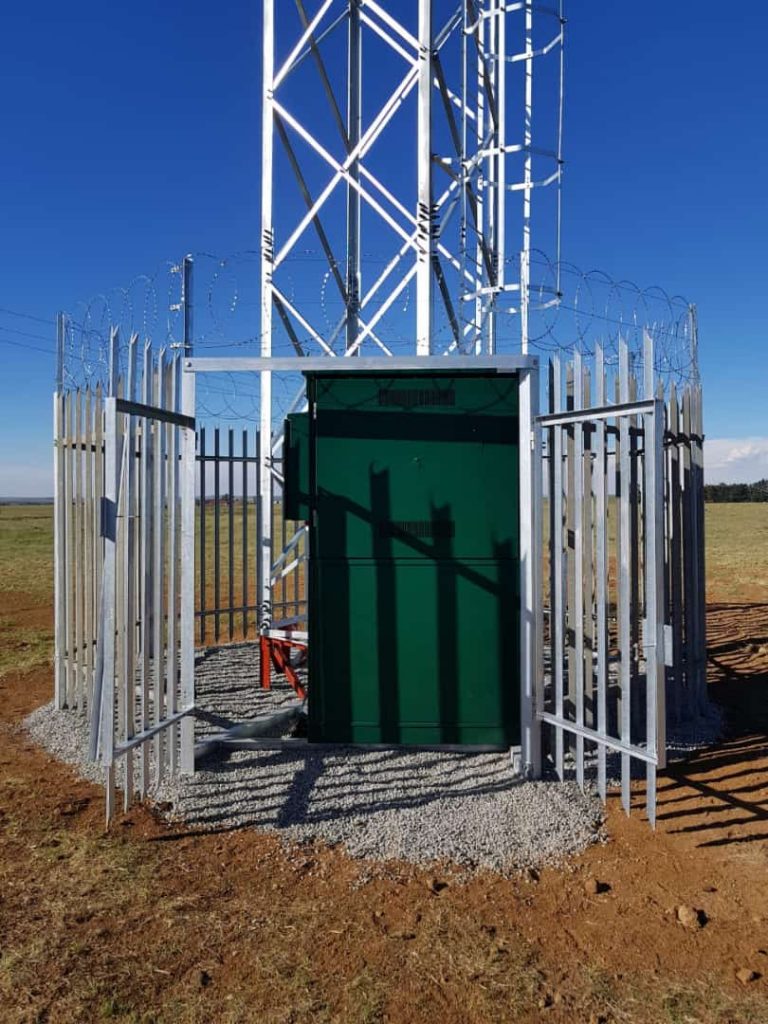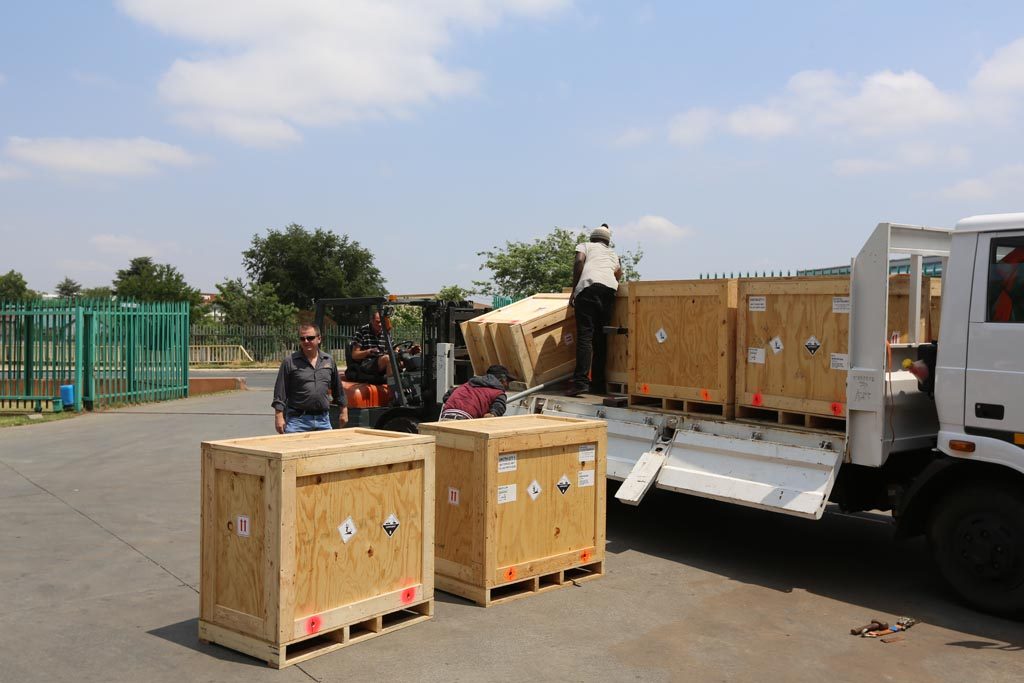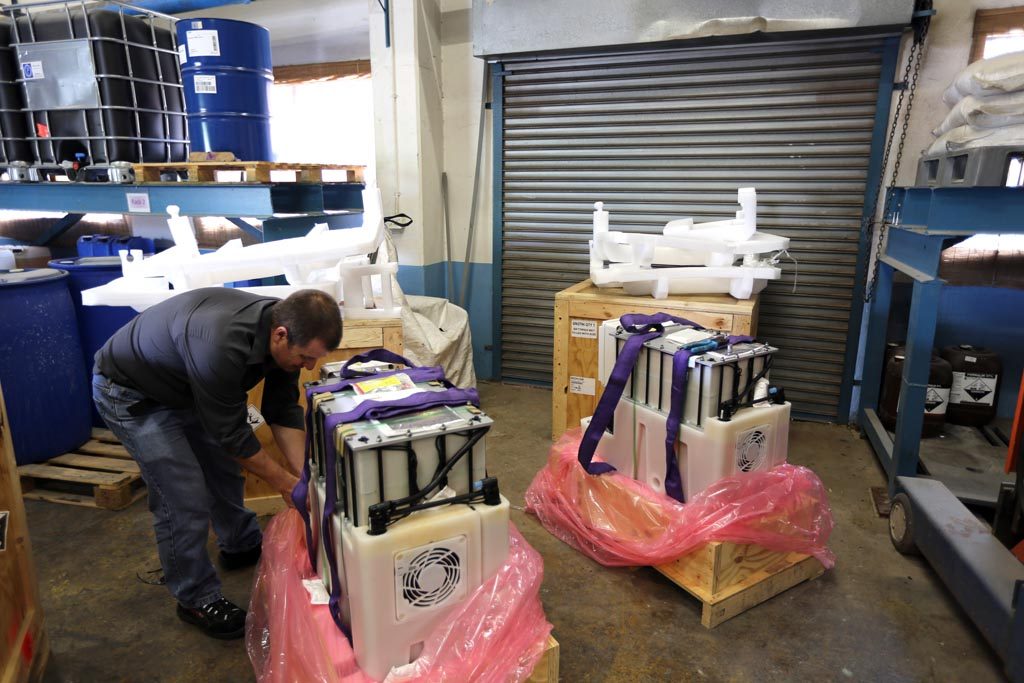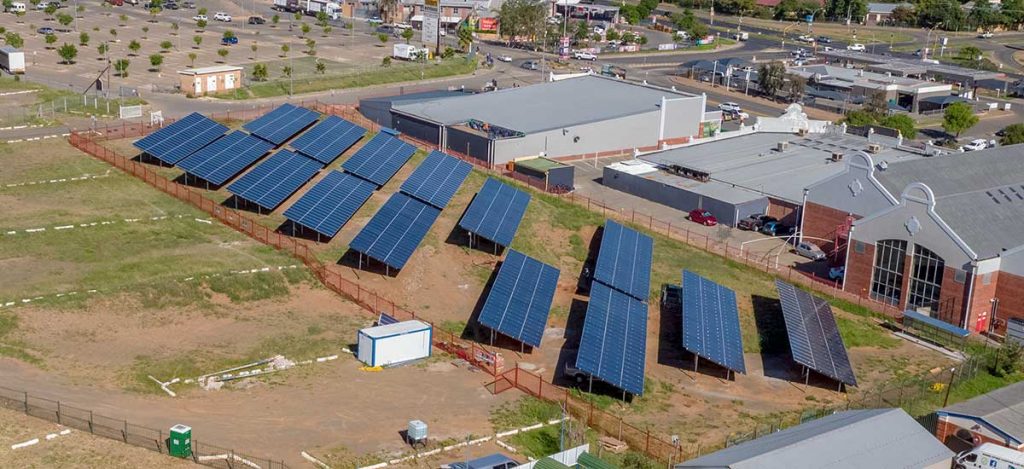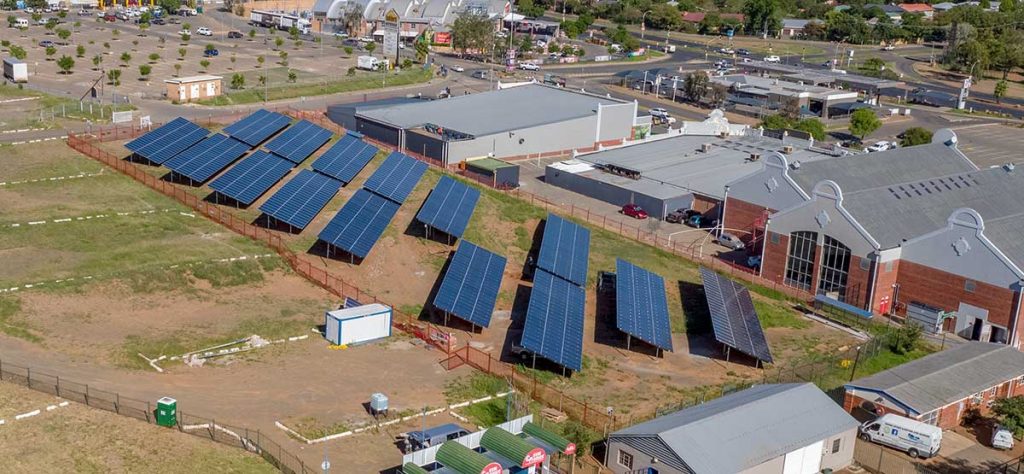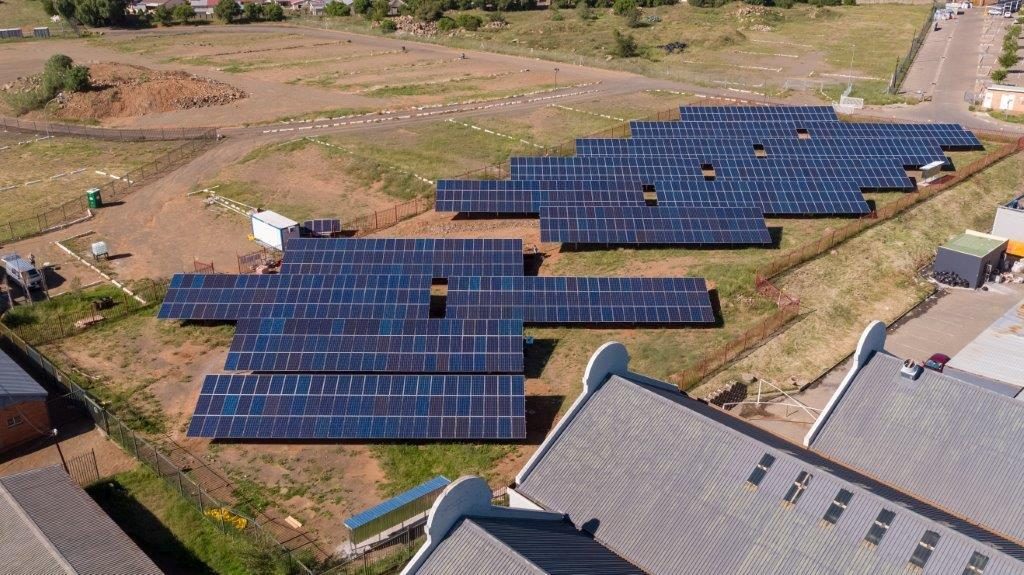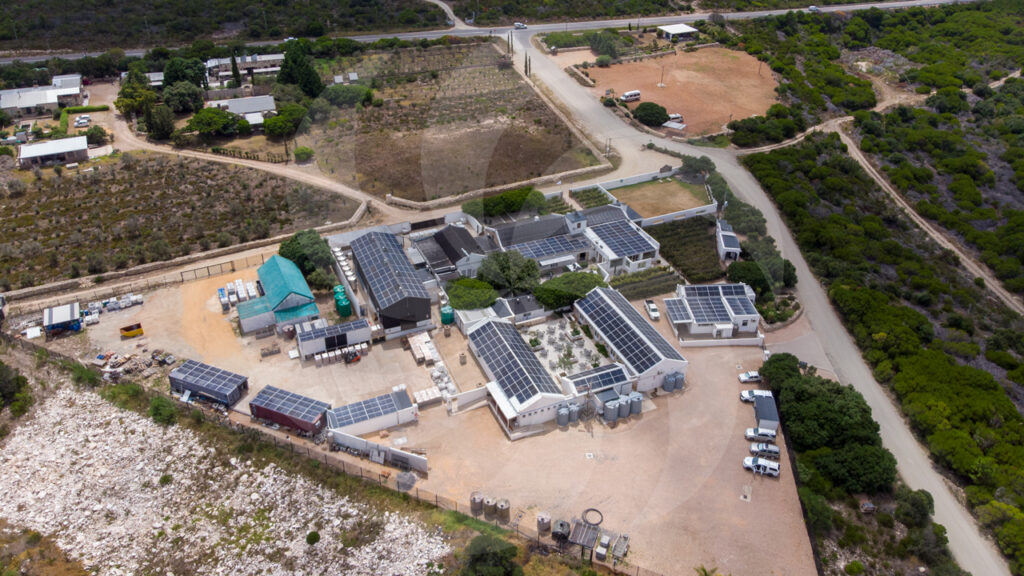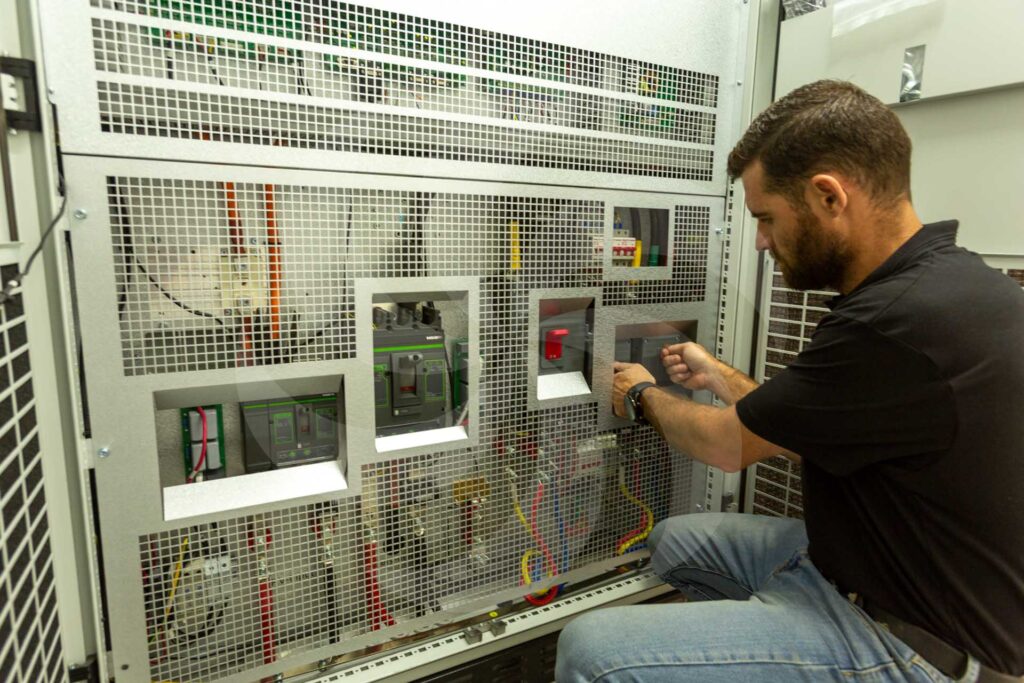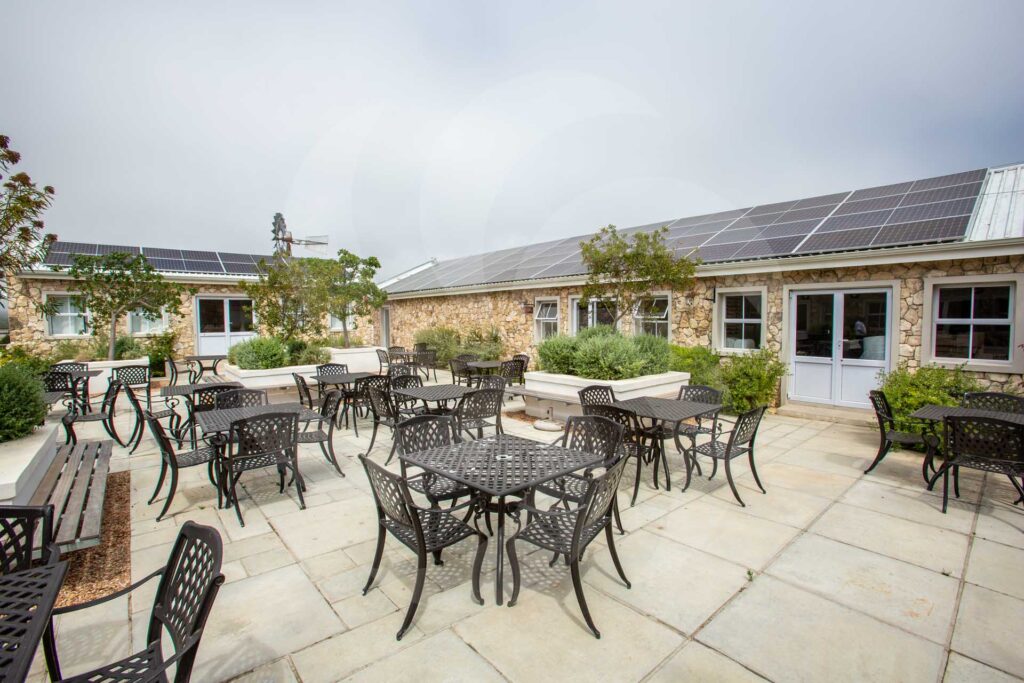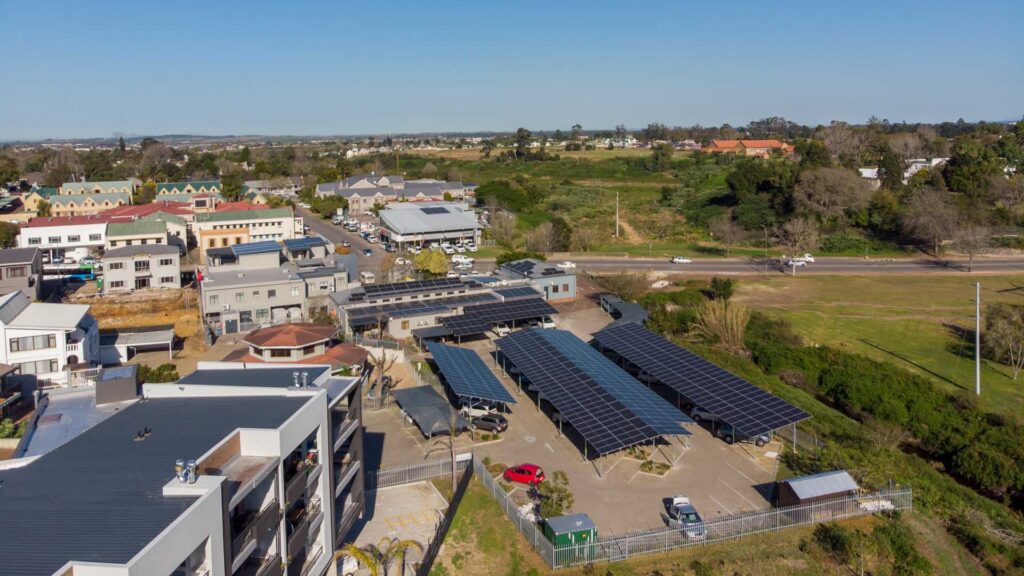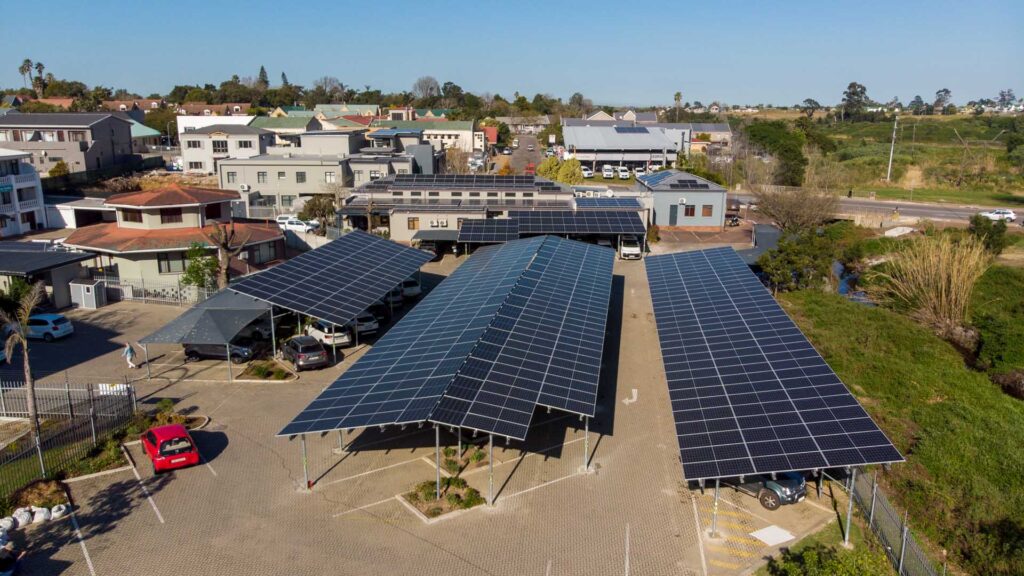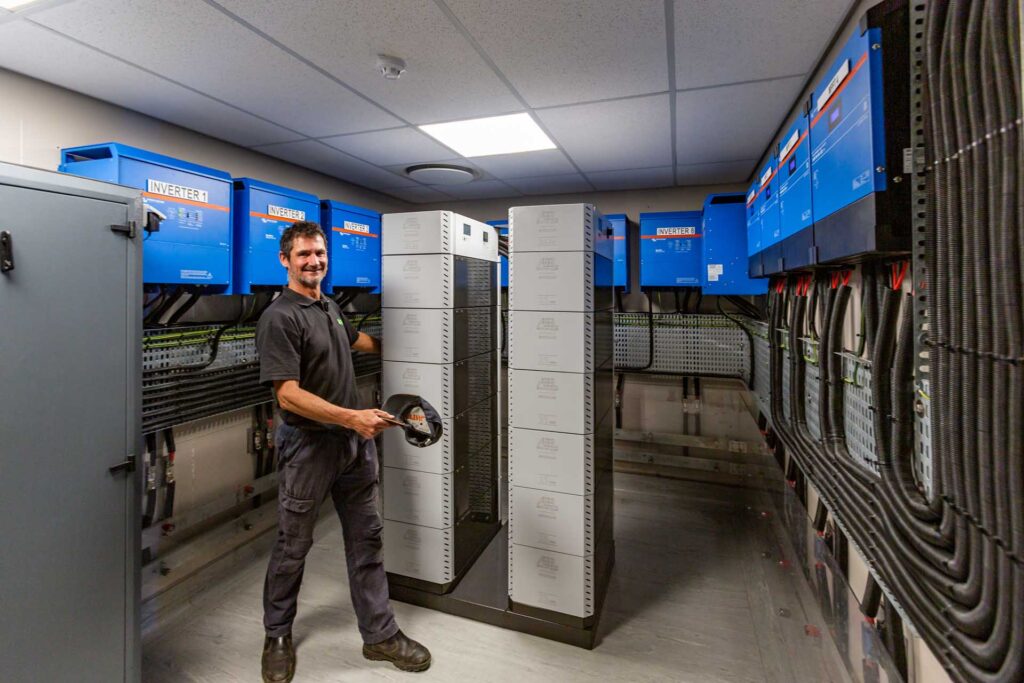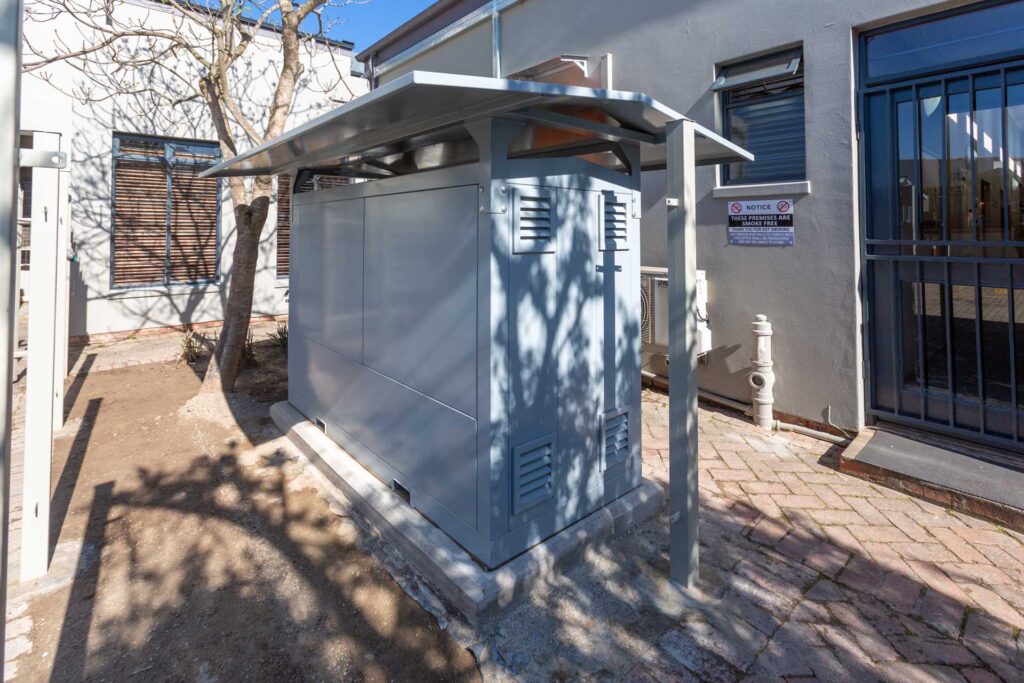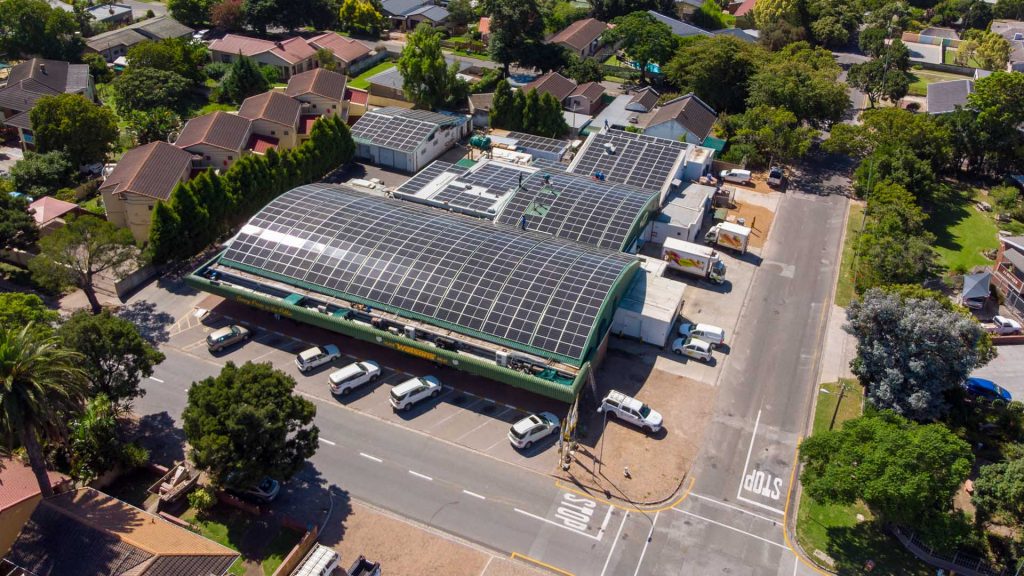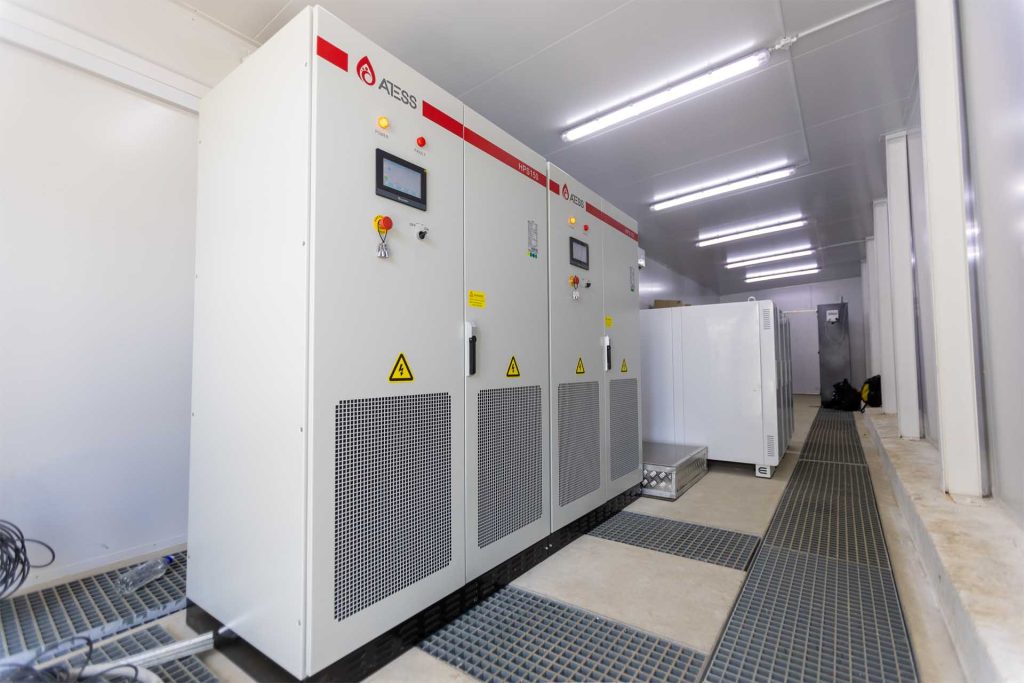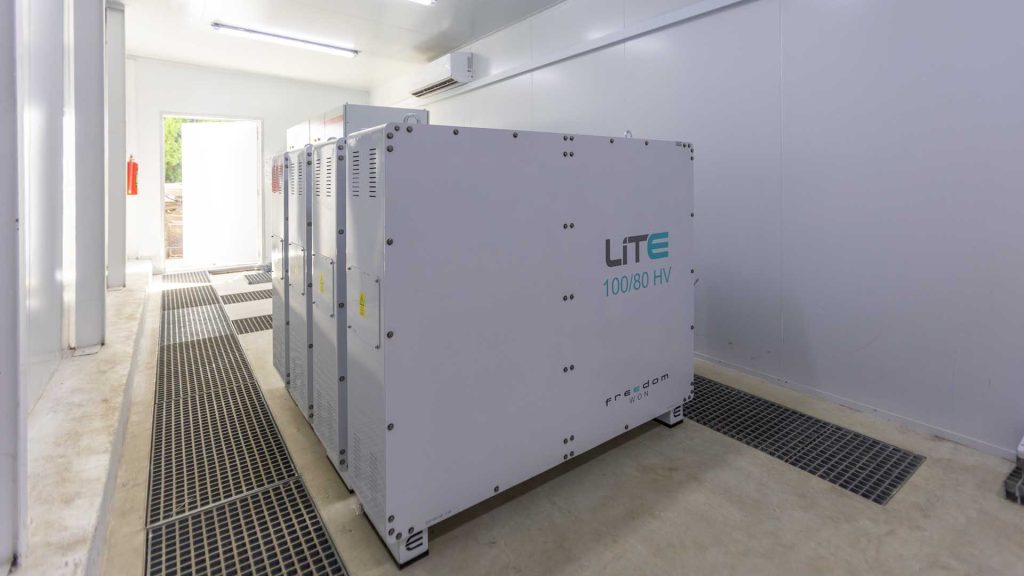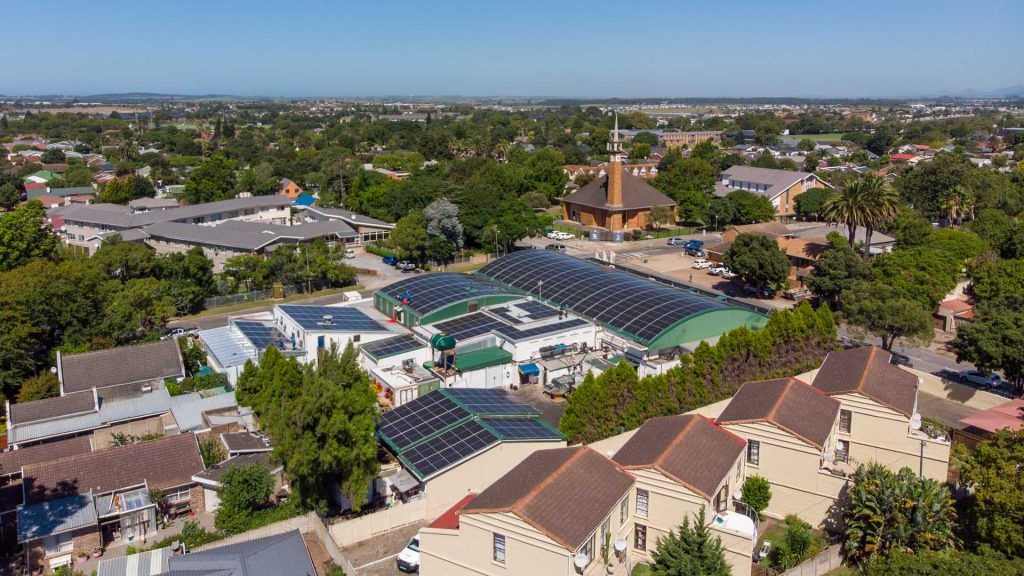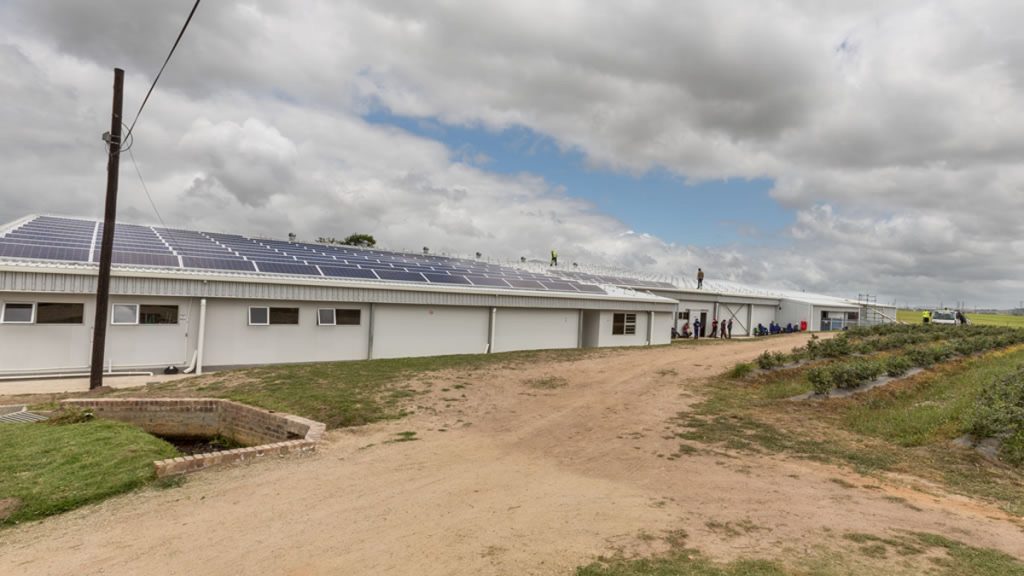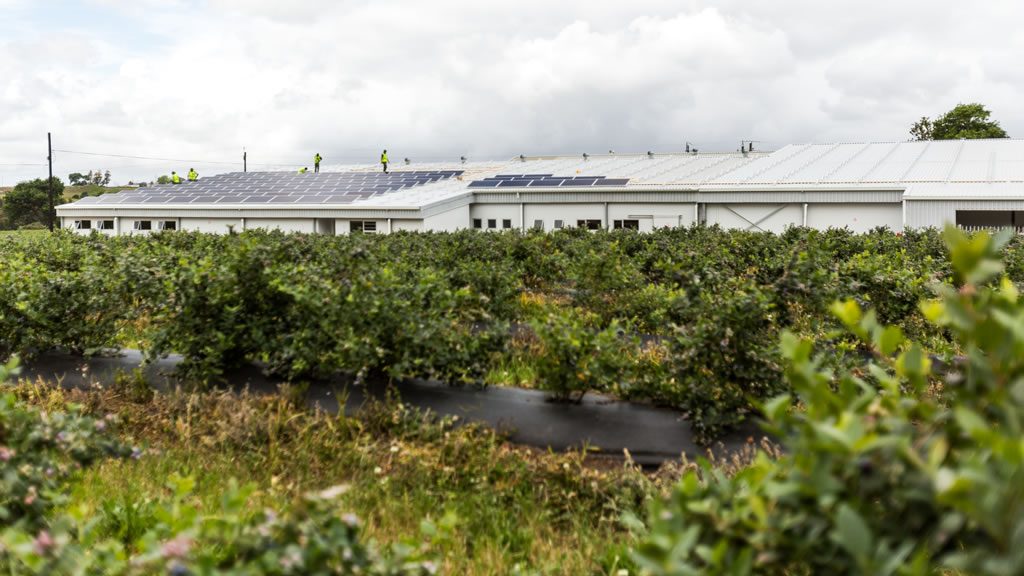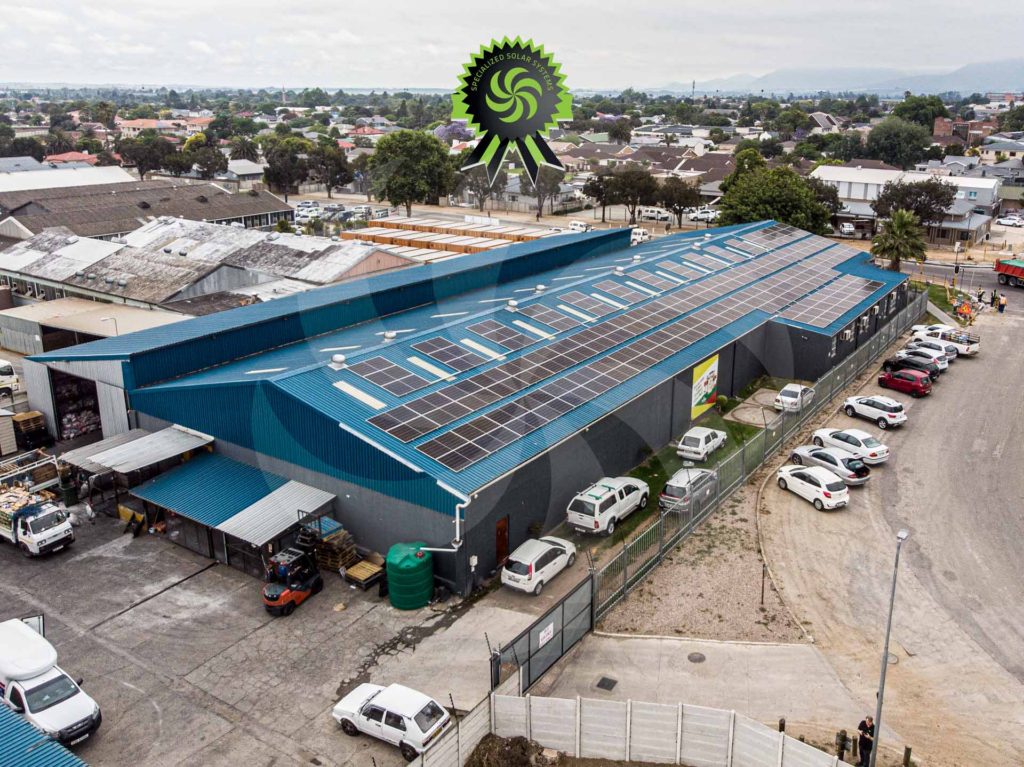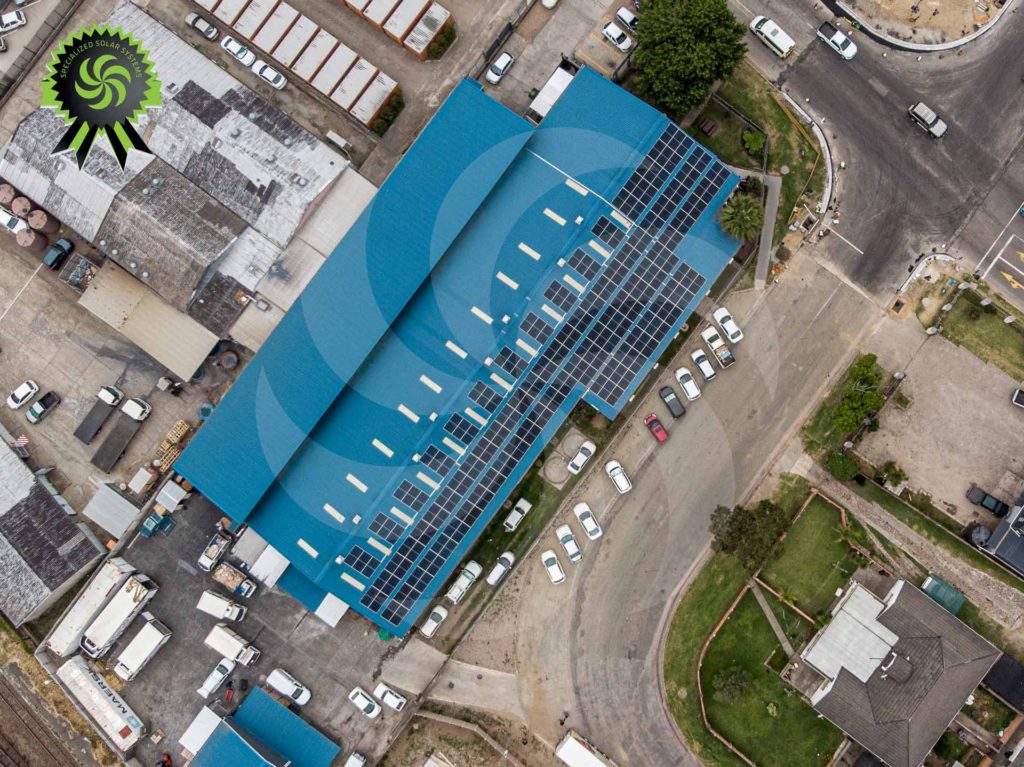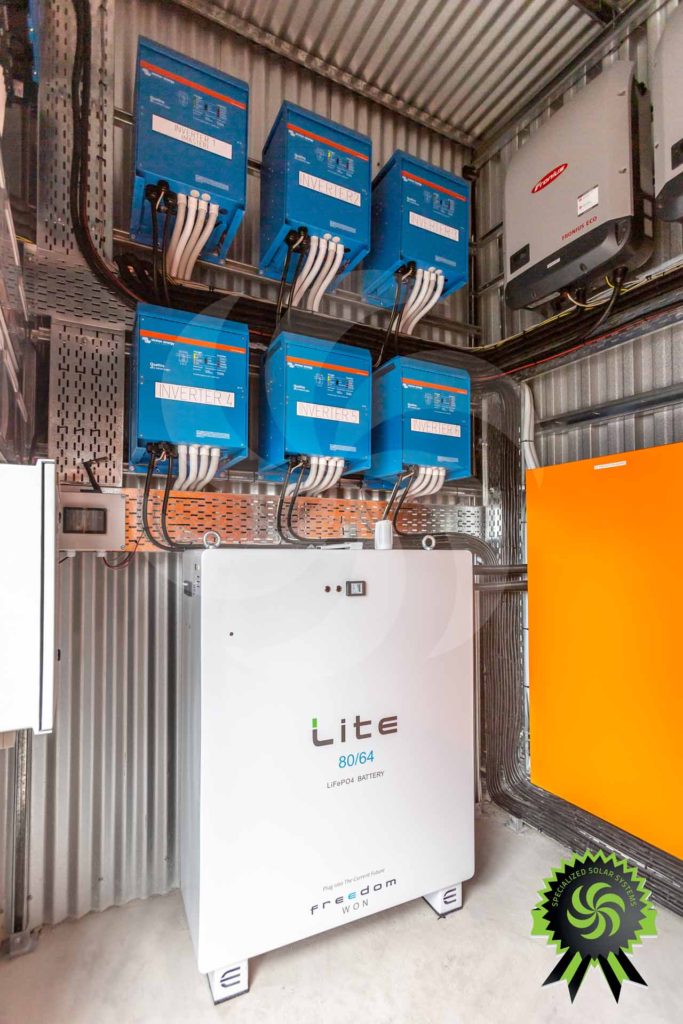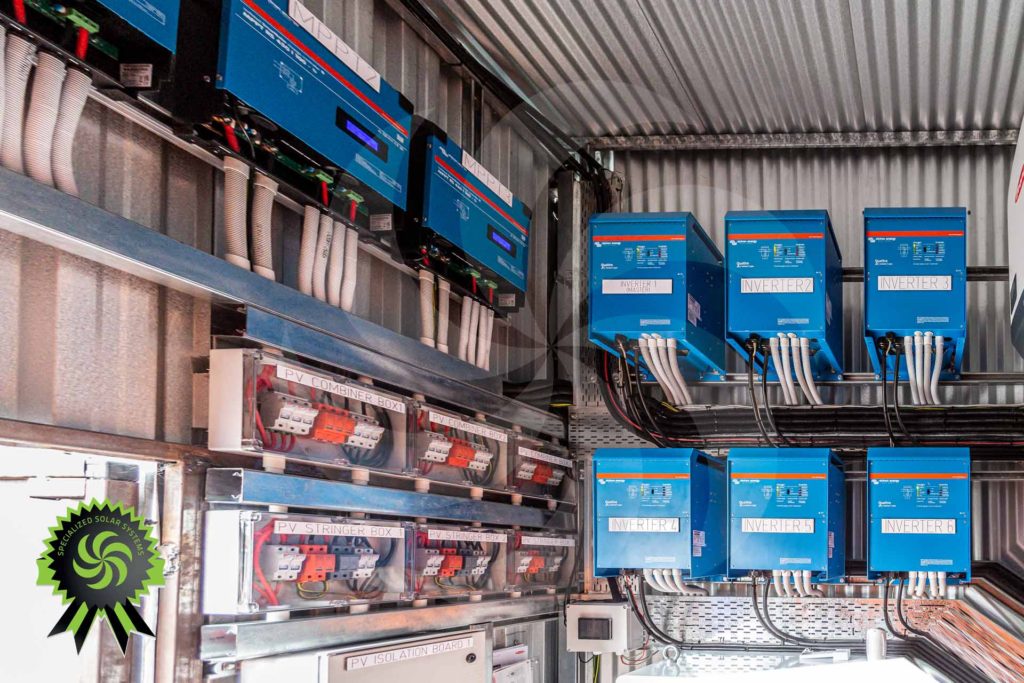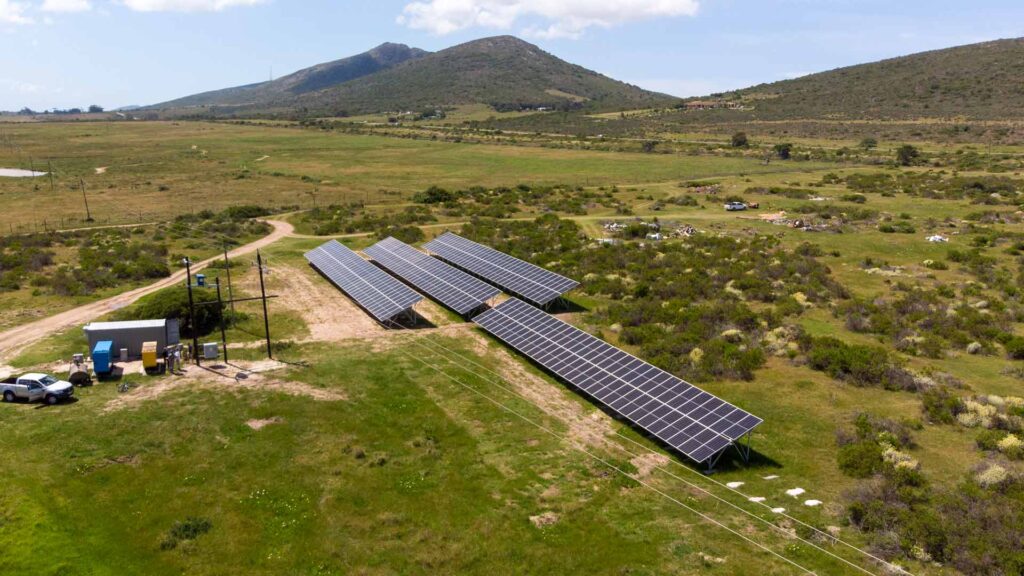Understanding the Redflow battery
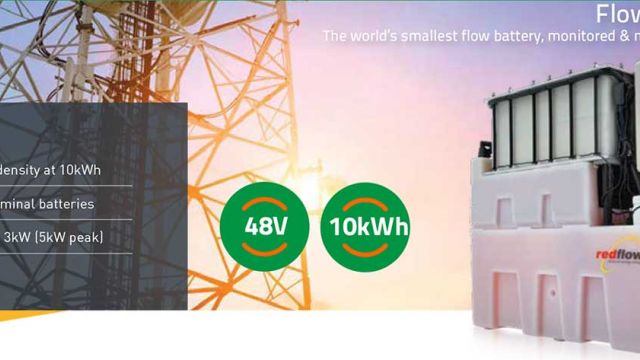
Flow batteries are a well understood class of energy storage technology. To date, production flow batteries have been relatively large in terms of both physical size and storage capacity. Redflow has successfully designed and commercialised a small, modular, flow battery based on zinc-bromine reactants — referred to as a ZBM2 (Zinc-Bromine Module).
Redflow’s 10
The Redflow ZBM2 at a
Glance
From a strictly electrical point of view, Redflow’s ZBM2 battery presents very good characteristics. In its base configuration, addressed as ZBM2, it is a 220 ampere-hour (Ah), 48-volt (V) nominal battery – a nominal energy storage and delivery capacity of 10kWh at a typical roundtrip efficiency of 80 per cent – with a voltage ranged between 40V and 58V. With no ageing effect caused by usage, the ZBM2 can be charged and discharged completely at rates up to 3kW (kilowatts) and operated in a wide range of ambient temperatures if the electrolyte temperature remains between 10°C and 50°C. Beyond these limits, the ZBM2 automatically suspends operation to protect itself. The roundtrip efficiency of the battery is around 80 per cent with performance warranted for a minimum of 3650 cycles at 100 per cent depth of discharge (DoD) for a total of 36.5MWh of energy throughput or for 10 years – whichever comes first.

As a flow battery, the Redflow ZBM2 contains
about 100 litres of a
water-based solution of zinc-bromide salt, flowing around in two separate
hydraulic circuits. During the battery charge phase, zinc is extracted from the
liquid phase and plated onto
carbon-based electrodes. During the battery’s discharge phase, zinc is
‘de-plated’ and restored to the solution. The ZBM2 is managed entirely by an
on-board Module Management System (MMS) while multiple ZBMs are managed by
Redflow’s proprietary Battery Management System (BMS).
The MMS controls battery operations and protects the battery against misuse. The MMS also provides access to the battery status, real-time data, event log, alarms, warnings, etc. An image of the ZBM2 battery is shown in the following figure. The L-shaped tanks containing the electrolyte are visible at the base while you can see the electrode stack and the MMS box at the top.
